EPD Trigger Proposal
EP102 DSM algorithm - has to fit on one 16-bit number
Eleanor's suggestion:

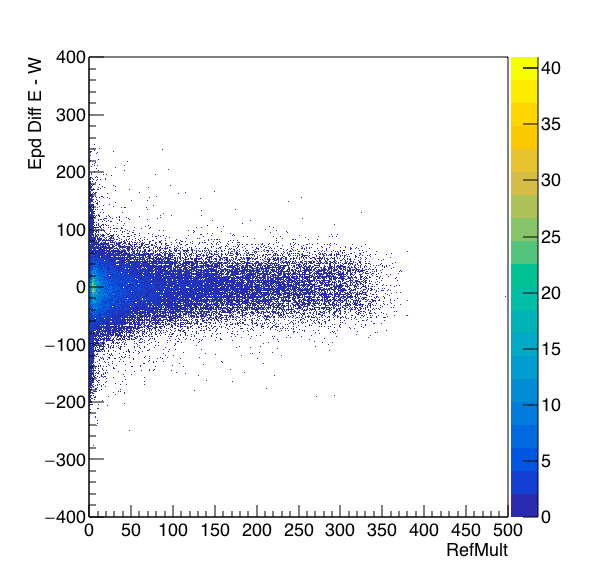
.png)
Figure 1: On the left is the EPD tiles above threshold vs Refmult for AuAu 27, the middle is the difference E - W, and the right is the two EPD based quantities plotted together.
So to look at Eleanor's part d, I would need to bitshift the total multiplicity by 3 (744>>3 gives 93). This looks like:
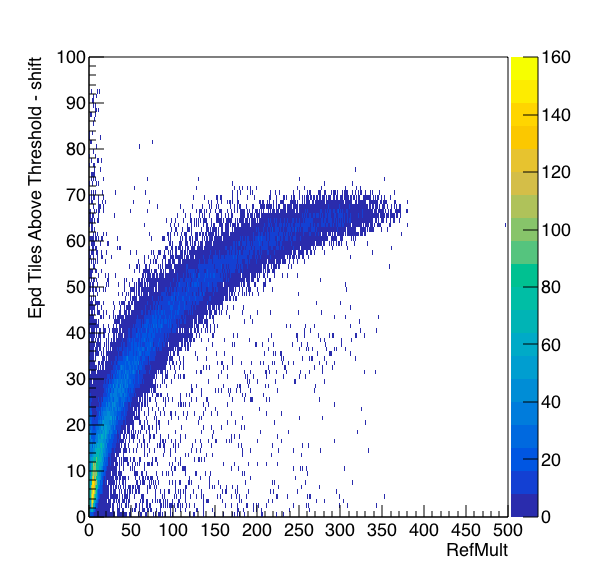
Figure 2: New EPD sum vs RefMult going to a 7 digit #. Confirmed that the math is correct wrt to the trigger logic.
Then I wanted to find the difference with Eleanor's step e, I looked at an example to make sure I have the math right:
If I have an event with sum E = 169 and sum W = 147, the 7 lowest significant digits would correspond to 41 and 19. For this event, the difference is 22 with the full precision and still 22 afterwards. Confirmed...
Caveat - The calculation is actually East + 128 - West in order to make the result positive definite.
So to return to the example above, the actually calculation would give 41 + 128 - 19 = 150. I will keep the plots below for my own education.

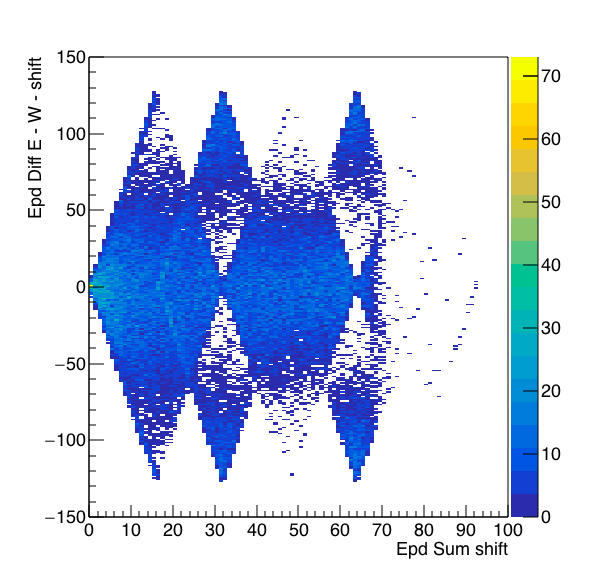
Figure 3: On the left is the application of this algorithm vs RefMult. On the right is the proposed difference vs sum.
.png)
.png)
Figure 4: These are a repeat of Figure 3, but with the proper algorithm as how it will functionally look.



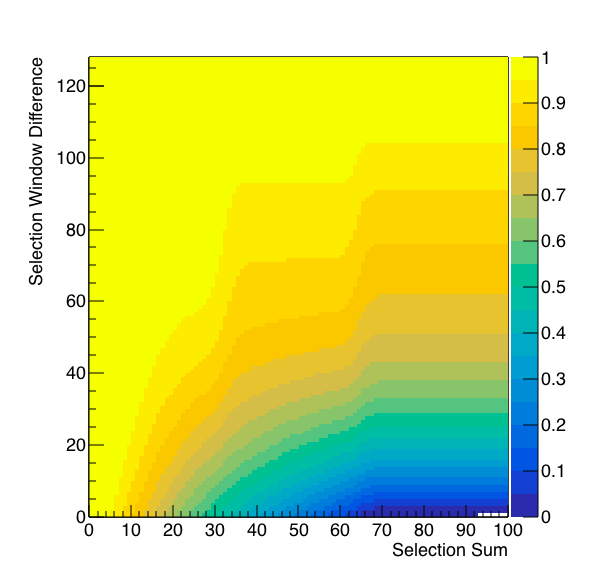
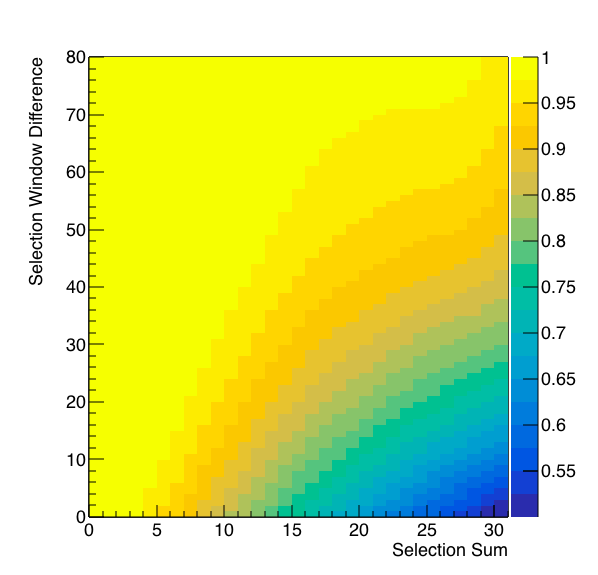

- rjreed's blog
- Login or register to post comments
